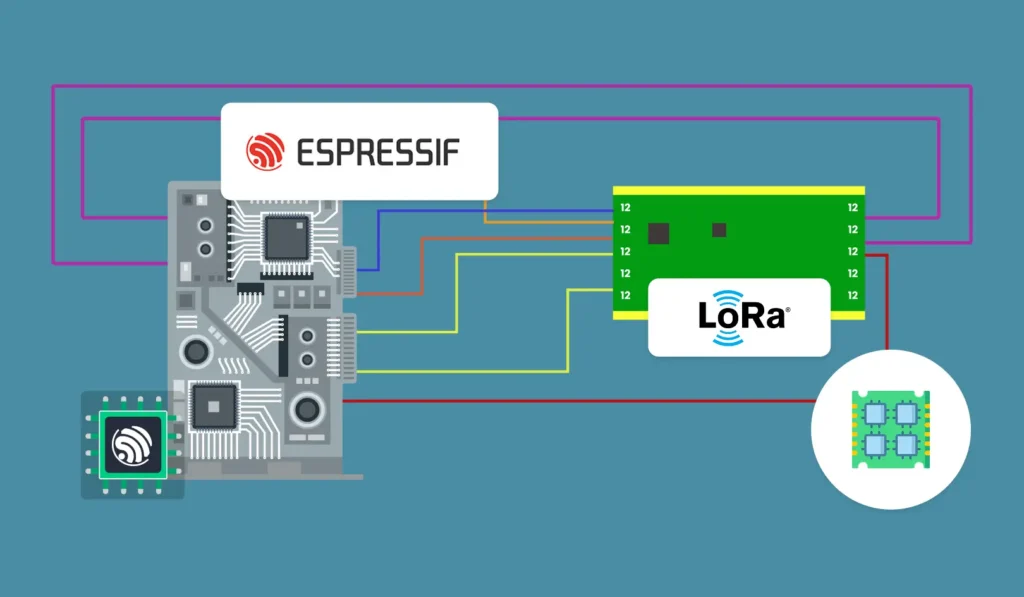Key Concepts and Classes in LoRa Technology
Chirp Spread Spectrum (CSS) Modulation
LoRa technology uses chirp spread spectrum (CSS) modulation, a digital communication method where data is encoded using wideband linear frequency-modulated chirp pulses. A chirp is a sinusoidal signal whose frequency either increases or decreases over time. This modulation technique enables robust, long-range communication with strong resistance to interference and noise – even signals below the noise floor can be demodulated reliably. This makes LoRa ideal for low-power, long-distance IoT applications.
Spreading Factor (SF)
The spreading factor is a core LoRa parameter that determines the chirp rate, balancing communication range against data rate. A higher spreading factor means slower data transmission but longer communication range and higher sensitivity, while lower spreading factors increase data rate but reduce range. Dynamic adjustment of spreading factors helps optimize battery life and network capacity.
LoRaWAN Device Classes
LoRaWAN defines different device classes to tailor communication based on power and latency needs:
- Class A: The most energy-efficient mode where devices transmit only when needed and listen briefly for acknowledgments or downlink messages right after transmission. Ideal for battery-powered sensors.
- Class B: Adds scheduled receive slots synchronized by network beacons, offering a balance between power consumption and downlink latency.
- Class C: Devices continuously listen for downlink messages except when transmitting, providing the lowest latency but with higher power consumption. Suitable for mains-powered devices.
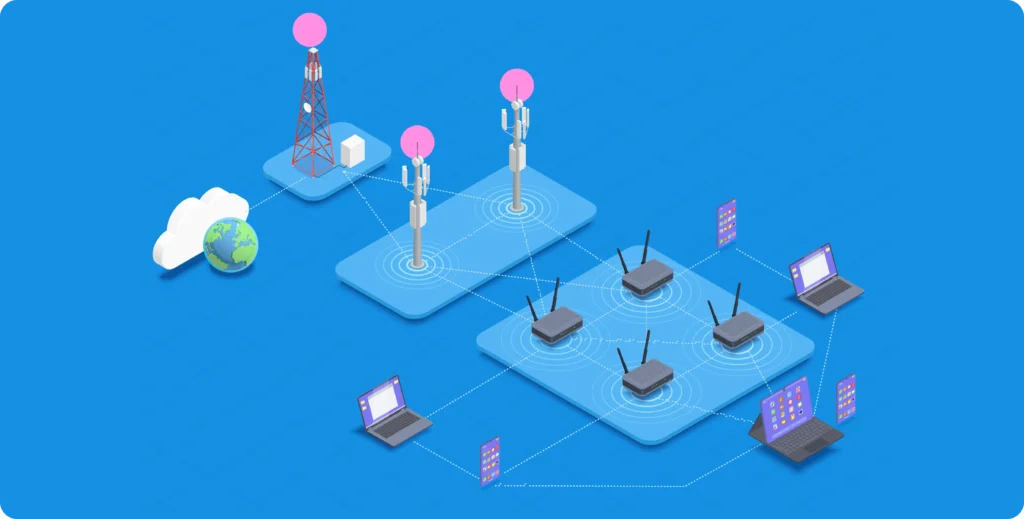
How LoRa Networks Operate
End devices (nodes) transmit small, low-power data packets using chirp spread spectrum (CSS) modulation.
Gateways act purely as packet forwarders; they receive these LoRa wireless packets from devices several kilometers away and forward them to a centralized network server via internet backhaul such as Ethernet, cellular, or Wi-Fi. Gateways do not interpret or store the data.
The network server processes incoming packets from multiple gateways by removing duplicates, managing device authentication and security, controlling adaptive data rates (ADR), and routing data securely to application servers for analysis or control actions.
LoRa’s modulation supports reliable transmissions over long distances – even in challenging urban environments – by dynamically adjusting the spreading factor and other transmission parameters. This dynamic adaptation optimizes battery life and network capacity.
Communication Methods and Data Transmission
- LoRa networks primarily employ uplink communication, where end devices transmit small, infrequent data packets such as sensor readings or event notifications to the gateways. This approach conserves device battery life by minimizing transmission time and power usage. Downlink communication, from the network server back to devices, occurs but is limited and scheduled carefully due to power constraints on battery operated nodes.
- Data packets sent over LoRa are usually small to maximize energy efficiency and reliability. LoRa supports bi-directional communication, but the communication scheme is optimized to prioritize uplink traffic while providing limited downlink windows based on the device’s class (Class A, B, or C).
- Another key feature is Adaptive Data Rate (ADR), where the network dynamically adjusts transmission parameters such as data rate, spreading factor, and output power for each device. ADR balances range, transmission time, and power consumption allowing devices closer to a gateway to transmit faster and use less energy, while devices farther away improve reliability by increasing range at the cost of lower data rates.
Network Topology and Scalability
LoRa networks use a star-of-stars topology:
- End devices communicate directly with gateways using LoRa radio.
- Gateways forward all received packets to a centralized network server rather than routing data between devices or gateways themselves.
This design removes the complexity of mesh networking, simplifying scalability and network management. Adding more gateways increases coverage and capacity without reconfiguring end devices, supporting thousands or even millions of nodes in large deployments.
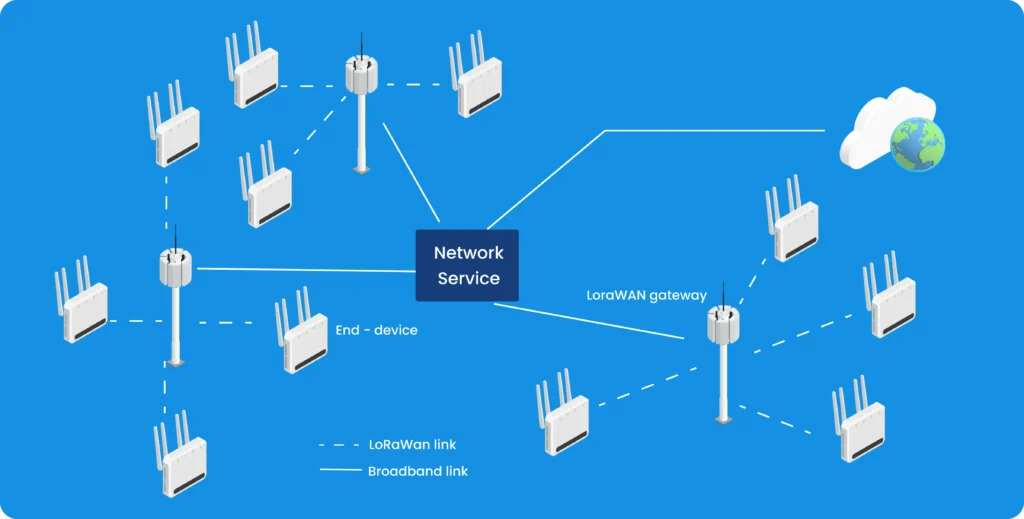
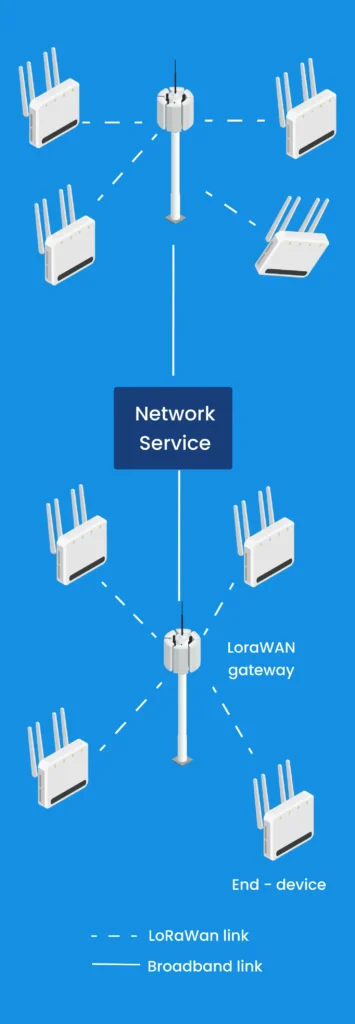
The architecture promotes scalability by:
- Allowing multiple gateways to simultaneously receive data from one device, ensuring redundancy and reliability.
- Utilizing a centralized network server to efficiently handle device management, security, and data routing.
- Minimizing power consumption and device complexity, which facilitates the deployment of extensive sensor networks across cities or rural areas with low infrastructure cost.
Next part contents:
- Getting hands on experience with LoRa and microcontrollers
- How LoRa works with microcontrollers
- Interfacing LoRa modules.
LoRa Uncovered: From Fundamentals to Real-World IoT Applications
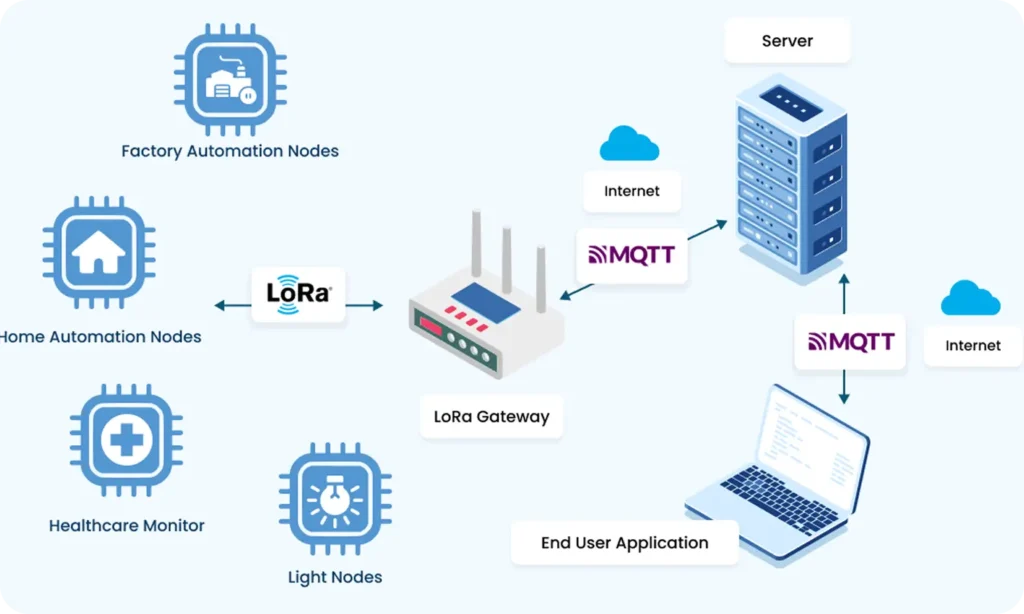
Part 1: Understanding LoRa – Fundamentals and Core Concepts
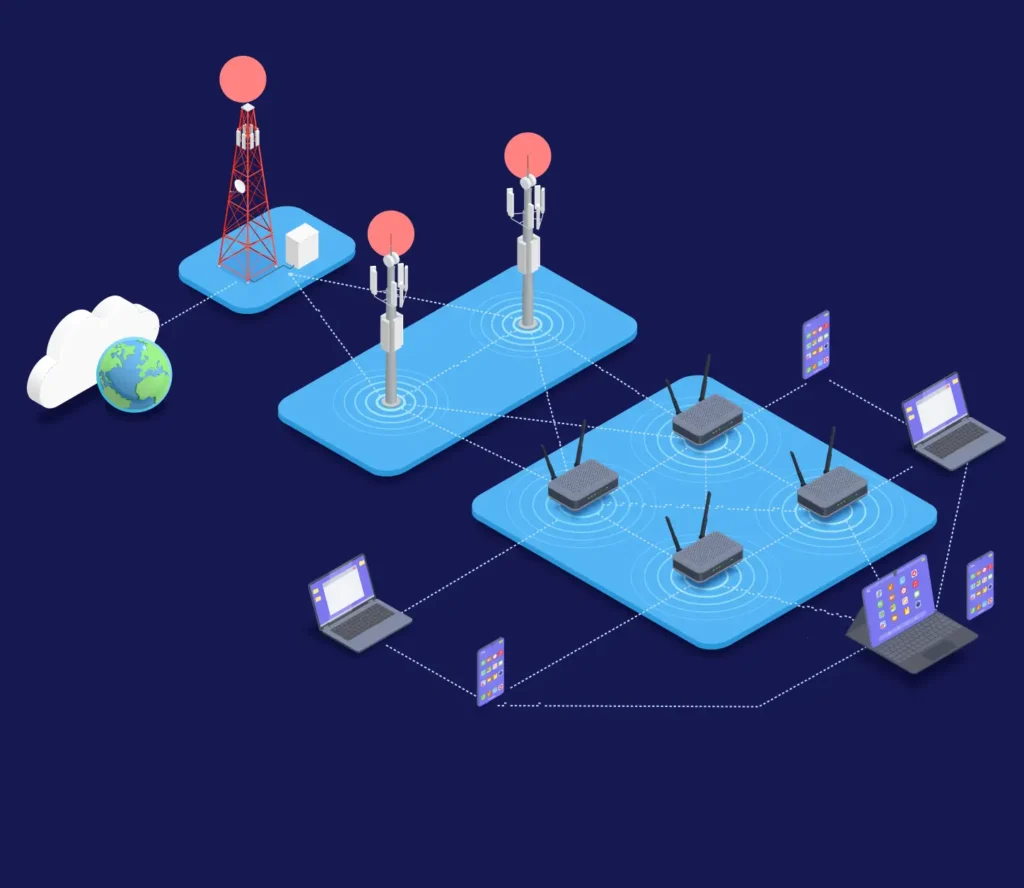
Part 2: Key Concepts in LoRa Technology
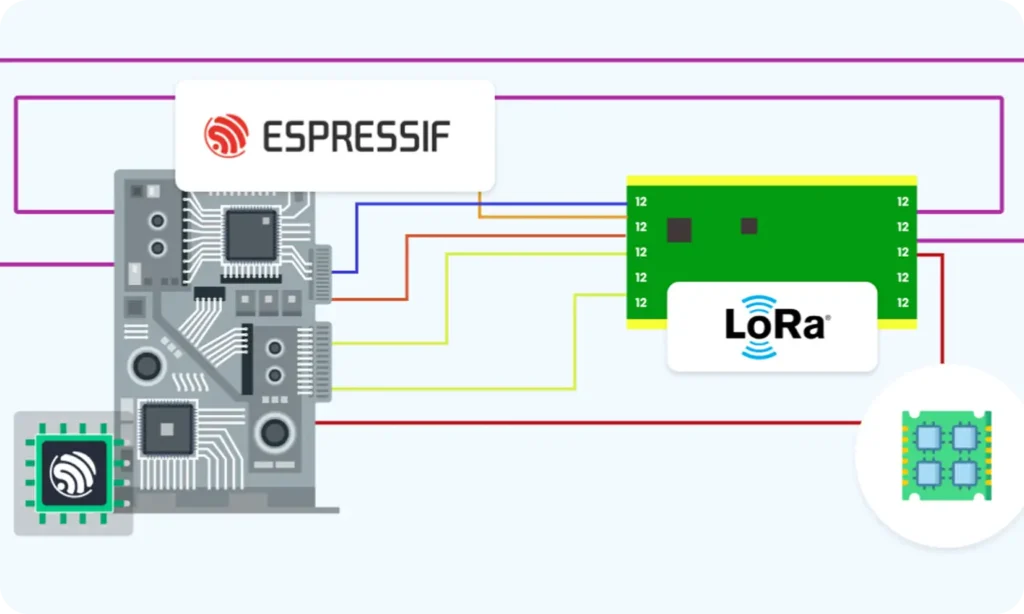
Part 3: Getting Hands on LoRa with Microcontrollers
